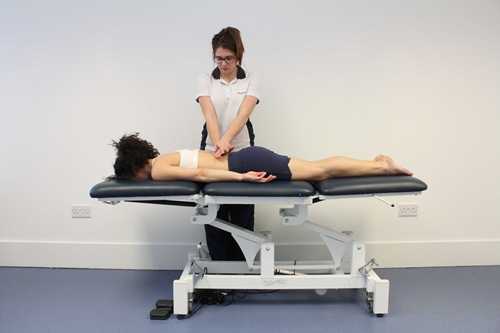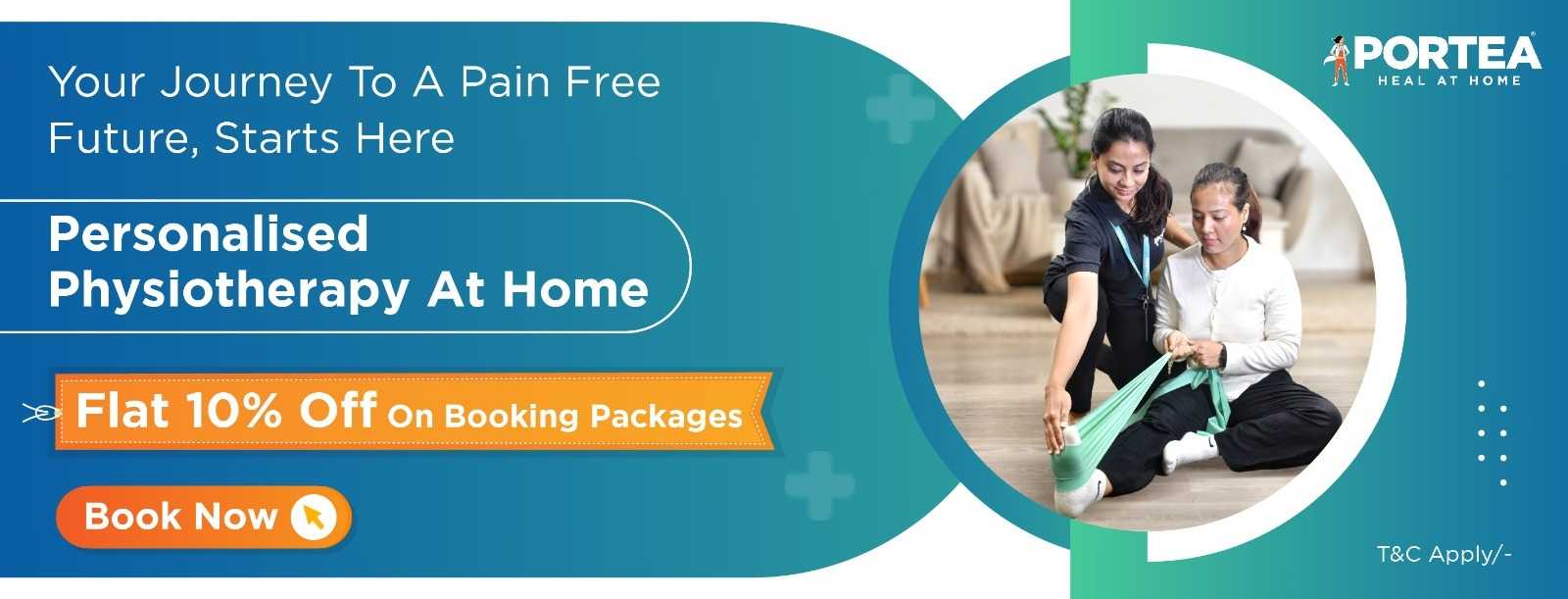
post-laminectomy rehabilitation
Expert Physiotherapy at Home
Personalised Recovery Programmes
Trusted Physiotherapists. Real Results.
Patient Testimonials
Our Medical Team
Meet some of our experienced and dedicated healthcare professionals
Dr. Lokesh G
15 Years Experience
SPECIALIZATIONS
Experienced in Neurological rehabilitation, Orthopaedic physiotherapy, and Paediatric care
Delivers structured, high-impact treatment plans across neuro, ortho, and paediatrics—ensuring safety, comfort, and measurable recovery at every stage.
Dr. Mohammed Sarwar
15 Years Experience
SPECIALIZATIONS
Experienced in Neurological rehabilitation, Adult physiotherapy, and Paediatric care
Combines deep clinical expertise with a compassionate approach, supporting both adults and children through neuro and physical rehabilitation that promotes long-term independence and recovery.
Dr. Nelapati Divya
12 Years Experience
SPECIALIZATIONS
Skilled in Orthopaedic rehabilitation, Manual therapy techniques, and Paediatric physiotherapy
Brings a personalised, hands-on approach to healing—combining structural expertise with paediatric sensitivity to restore movement, relieve pain, and improve everyday function.
Dr. Naveen V
3 Years Experience
SPECIALIZATIONS
Trained in Pain management, Cardiac and Orthopaedic rehabilitation, Neurological care, and Neural tissue mobilisation
Brings clinical precision and empathy together—designing science-backed recovery protocols for pain relief, nerve mobilisation, and cardio-neuro-ortho rehabilitation across all age groups
Dr. Miloni Savla
2 Years Experience
SPECIALIZATIONS
Holds an MPT in Orthopaedics with a focus on Musculoskeletal rehabilitation and strength recovery
Delivers focused, movement-oriented therapy grounded in orthopaedic science—helping patients rebuild strength, restore function, and return to daily life with confidence

post-laminectomy rehabilitation
A laminectomy is a surgical procedure performed to relieve pressure on the spinal cord or nerves by removing part of the vertebrae, often due to conditions like spinal stenosis, herniated discs, or tumours. While the surgery helps alleviate pain and neurological symptoms, post-laminectomy rehabilitation is essential for restoring spinal function, preventing complications, and ensuring a smooth return to daily activities. Without proper rehabilitation, patients may experience persistent stiffness, weakness, and difficulty regaining mobility.
recognising the recovery phases
Post-laminectomy recovery progresses in stages, beginning with the immediate post-surgical phase, where pain and swelling are managed. The next phase involves gentle movements and basic exercises to prevent stiffness and blood clots. As healing progresses, structured physiotherapy focuses on rebuilding strength, improving flexibility, and restoring standard movement patterns. The final phase aims at achieving full recovery and reintegration into daily life with minimal discomfort.
understanding the causes of post-laminectomy complications
Due to the disruption of spinal structures following a laminectomy, patients may experience muscle weakness, joint stiffness, and difficulty maintaining posture. Scar tissue formation and prolonged bed rest can also contribute to restricted movement. In some cases, nerve irritation or improper post-surgical care can result in lingering pain and mobility challenges.
factors that increase the risk of post-laminectomy complications
Certain factors increase the likelihood of post-laminectomy stiffness and complications, including:
- Older adults with reduced spinal flexibility and healing capacity.
- Individuals with pre-existing spinal conditions like arthritis or degenerative disc disease.
- Patients who undergo multiple spinal surgeries.
- Those who remain inactive for extended periods post-surgery.
- Individuals with poor posture or weak core muscles before surgery.
how to reduce the risk of complications
To ensure optimal recovery after a laminectomy, patients should follow these rehabilitation strategies:
- Early Mobilisation: Gentle walking and movement will be performed as soon as the surgeon approves them.
- Pain and Swelling Control: Use of prescribed medications, ice therapy, and proper rest.
- Guided Physiotherapy: Professional assistance in regaining spinal mobility and posture.
- Core Strengthening Exercises: Focus on building abdominal and back muscles for spinal support.
- Posture Correction: Ergonomic adjustments to sitting, standing, and sleeping positions.
diagnosis and rehabilitation approaches
Recovery from a laminectomy requires a multidisciplinary approach, including:
- Pain Management: Medications, heat/cold therapy, and electrical stimulation techniques.
- Range of Motion Exercises: Gradual stretching to restore flexibility in the spine and surrounding muscles.
- Muscle Strengthening: Targeted exercises to rebuild back and core strength.
- Gait Training: Techniques to improve balance and walking patterns.
- Postural Rehabilitation: Training to maintain proper spinal alignment and reduce strain.
physiotherapy: a vital component of recovery
Physiotherapy is crucial in post-laminectomy rehabilitation, aiding in pain relief, mobility restoration, and muscle strengthening. Physiotherapists design individualised recovery plans that include stretching, strengthening, and postural exercises to support long-term spinal health. Techniques like manual therapy, hydrotherapy, and neuromuscular re-education play a significant role in ensuring a smooth and effective recovery.
how portea supports post-laminectomy rehabilitation
At Portea, we offer specialised home-based physiotherapy services for patients recovering from laminectomy surgery. Our expert physiotherapists focus on pain management, spinal mobility restoration, and strength-building exercises tailored to each patient’s needs.
Beyond post-laminectomy rehabilitation, we provide comprehensive physiotherapy services, including orthopaedic care, post-surgical rehabilitation, neuro-rehabilitation, elderly physiotherapy, and pain management therapies—all delivered in the comfort of your home. Our dedicated team ensures that each patient receives professional, personalised care to enhance their recovery and improve their overall quality of life.
portea’s other physiotherapy services for various medical conditions
faqs on post-laminectomy rehabilitation
1.What is the rehabilitation for a laminectomy?
Rehabilitation includes physical therapy, pain management, and mobility exercises to restore movement and strength. Patients gradually increase activity levels, focusing on posture, flexibility, and core strengthening to support the spine and prevent future issues.
2.What are the post-op management strategies for laminectomy?
Post-op care includes pain control, wound care, and gradual activity resumption. Patients should avoid bending, twisting, and heavy lifting. Walking and guided exercises improve mobility, while follow-up visits ensure proper healing and prevent complications.
3.What kind of physical therapy is needed after a laminectomy?
Physical therapy involves gentle stretching, strengthening, and posture correction exercises. Core stabilization, low-impact aerobic activities, and manual therapy help restore function, reduce stiffness, and prevent re-injury while improving overall spinal health and mobility.
4.How long does it take to fully recover from a laminectomy?
Recovery time varies based on age, health, and surgery extent. Most patients resume daily activities in a few weeks, while full recovery can take three to six months. Physical therapy accelerates healing and restores strength.
5.When can I walk after a laminectomy?
Patients can usually walk within a day after surgery, with gradual increases in distance to improve circulation, reduce stiffness, and prevent complications.
6.What should be avoided after a laminectomy?
Avoid heavy lifting, twisting, excessive bending, and prolonged sitting. Follow movement restrictions and gradually increase activity to prevent strain on the spine.
7.Can I climb stairs after a laminectomy?
Climbing stairs is usually allowed with caution. Patients should use handrails, take slow steps, and avoid unnecessary strain until cleared by a doctor or therapist.
Doctor Consultation
Nursing
Physiotherapy
Trained Attendant
Elder Care
Mother & Baby Care
Lab Tests
Medical Equipment
Speciality Pharma
Critical Care











